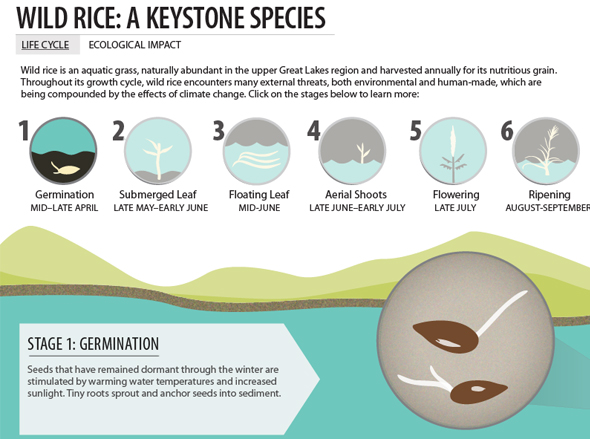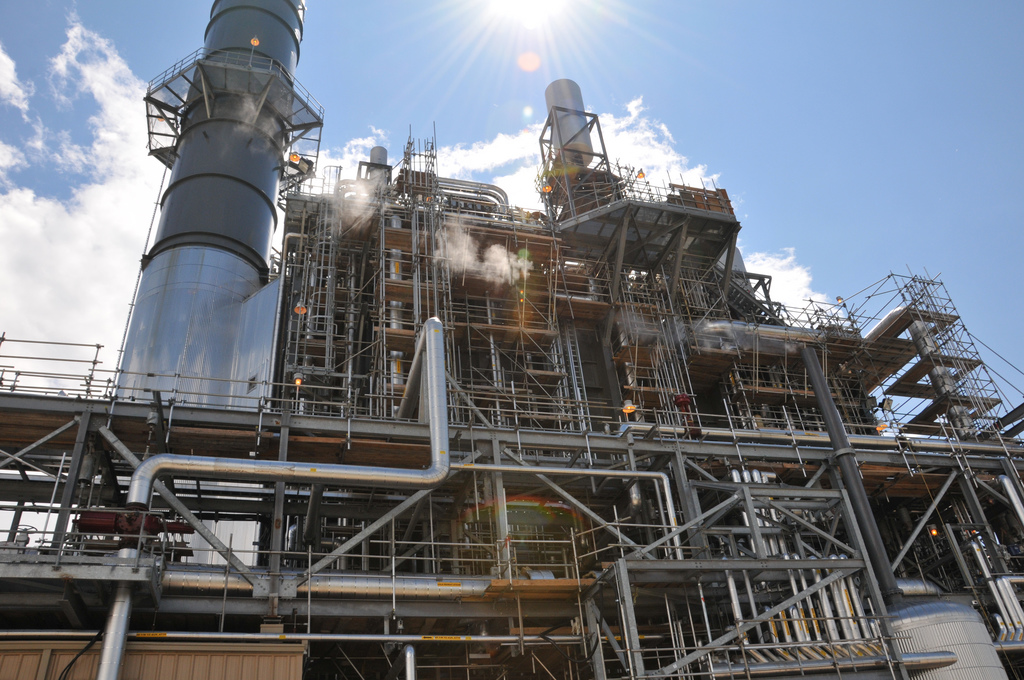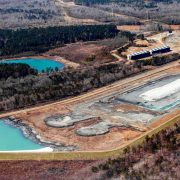Wild Rice and Water Law: Balancing Act Between Industry and Environment
A Minnesota District Court has ruled in favor of protecting the state’s wild rice.
The ruling backs Minnesota’s pollution standard, which limits the amount of sulfates that can be discharged into lakes and rivers to 10 milligrams per liter (or parts per million, ppm), the Star Tribune reported. The Minnesota Chamber of Commerce, the plaintiff in the case, had argued that the rule was applied unfairly to copper mining projects, many of which would share the same watersheds as wild rice. The Chamber also called into question the scientific validity of the pollution rule, prompting the state legislature to order a study reviewing how sulfates impact the rice. Depending on the results of that study, the standard may change — but, for now, the court’s decision is a victory for conservationists.

Last summer, I had the opportunity to meet with biologists and tribal members at the Bad River Reservation in northern Wisconsin, who explained that wild rice is both ecologically and spiritually important. The Bad River rice beds also face the threat of mining pollution, like in the Minnesota case. To learn more about wild rice, check out the interactive infographic above, created by Circle of Blue’s summer of 2011 design interns Kelly Shea and Mark Townsend, and read my story on the Bad River rice beds.
Have any other stories about water pollution and its effect on ecosystems? Or stories about wild rice? Contact Codi Yeager
A news correspondent for Circle of Blue based out of Hawaii. She writes The Stream, Circle of Blue’s daily digest of international water news trends. Her interests include food security, ecology and the Great Lakes.
Contact Codi Kozacek







Leave a Reply
Want to join the discussion?Feel free to contribute!